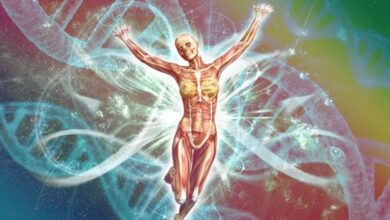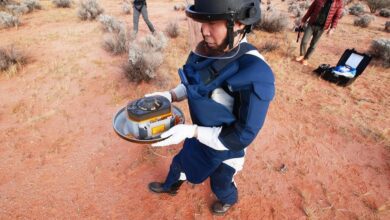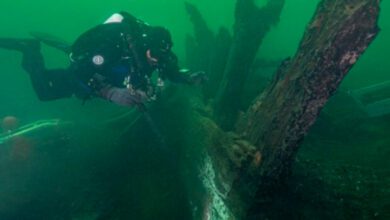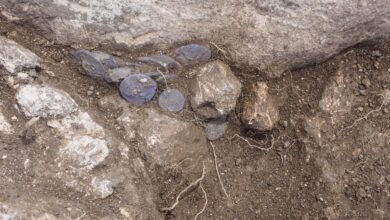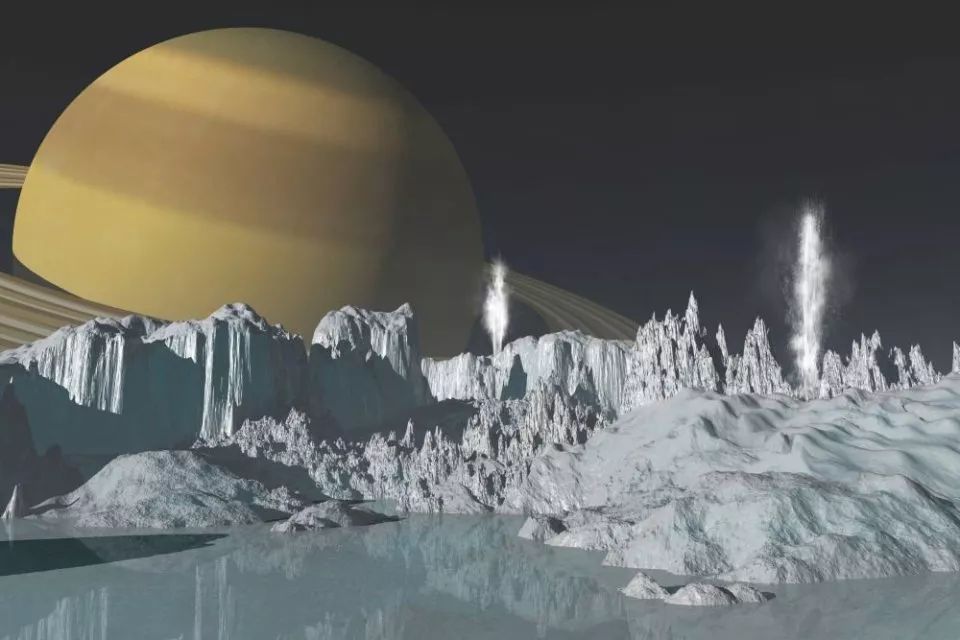
Evidence obtained for the theory of habitability of the Enceladus ocean
(ORDO NEWS) — A team of scientists led by Dr. Christopher Glein of the Southwestern Research Institute has presented new evidence for the habitability theory of the subsurface ocean of Enceladus, Saturn’s moon. Researchers have discovered the presence of a key building block of life there.
Building on existing observational data from other teams previously, a group of astrophysicists conducted new simulations. It showed that the subsurface ocean of Saturn’s moon must be relatively rich in dissolved phosphorus, which is considered an extremely important component of life.
“Enceladus is one of humanity’s top targets in the search for life in our solar system,” says Christopher Glein, a leading extraterrestrial oceanographer. made possible by the data collected.”
It was Cassini who discovered the subsurface liquid water on Enceladus and analyzed the samples. The latter were selected thanks to a unique phenomenon that is observed on this satellite. Powerful jets of ice grains and water vapor are knocked out of its surface.
These geysers are so powerful that their particles fall into outer space. And now scientists have managed to determine the chemical composition of geysers, which gives an understanding of the composition of the subsurface ocean itself.
“We’ve learned that these plumes contain almost every essential ingredient for life as we know it,” says Glein. “While the biologically essential element phosphorus has yet to be directly identified, our team has found evidence of its presence in the ocean beneath the moon’s icy crust.” .
In recent years, the search for extraterrestrial habitability in the solar system has changed direction in science, he said. Now scientists are looking for the building blocks of life, which are primarily considered to be organic molecules.
First of all, scientists pay attention to the presence of ammonia and sulfur-containing compounds. They are also looking for signs of the existence of chemical energy needed to sustain life.
“Phosphorus is an interesting case because previous work suggested that it could be very scarce in the Enceladus ocean, which clouded the search for life there,” says Glein. According to him, phosphorus in the form of phosphates is vital for all life on Earth.
For example, it is needed to create DNA and RNA, energy carrier molecules, cell membranes, bones and teeth in humans and animals, and even the plankton marine microbiome.
The thermodynamic and kinetic modeling carried out as part of the new study made it possible to simulate the geochemistry of the ocean-bottom system on Enceladus.
The result is the most detailed geochemical model to date of how minerals from the seafloor are dissolved in Enceladus’ ocean. The model also predicts that these phosphate minerals must be “incredibly soluble” there.
—
Online:
Contact us: [email protected]
Our Standards, Terms of Use: Standard Terms And Conditions.


